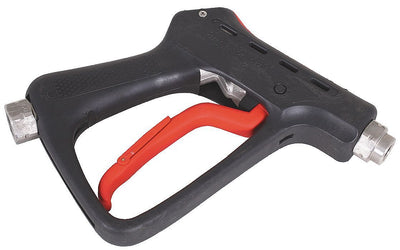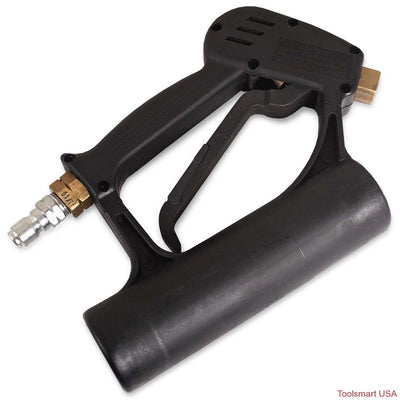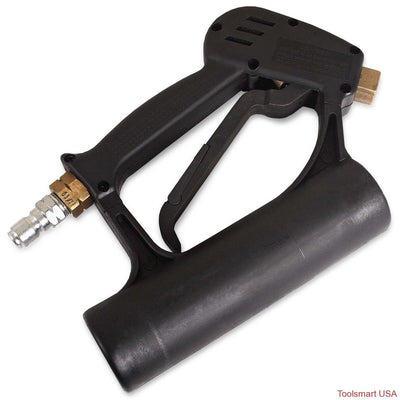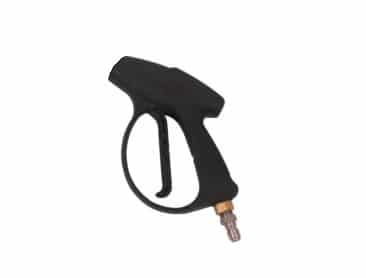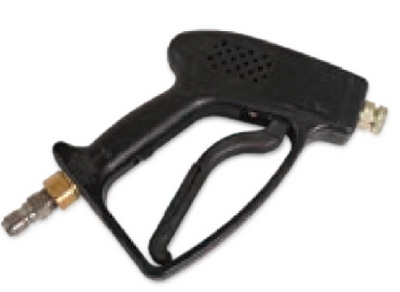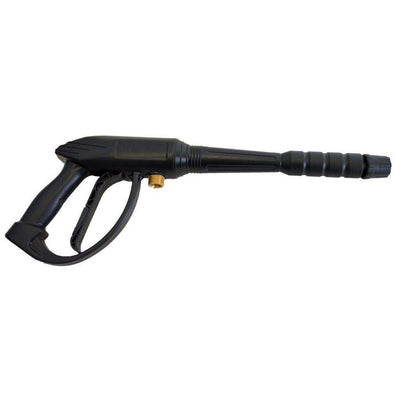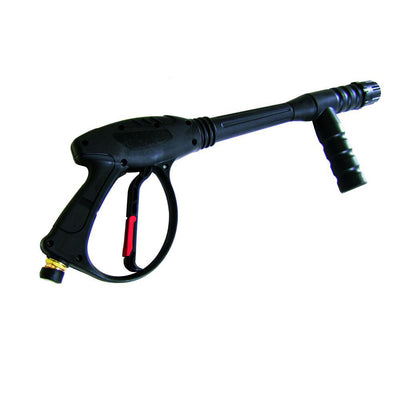Electrostatic Spray Gun Settings – What You Should Know
Electrostatic spray guns offer a variety of benefits over typical air spray guns. The greatest benefit is the potential for increased transfer efficiency which reduces your paint waste. There are a variety of other benefits and drawbacks to Electostatic spray guns which you can learn about here. This article will cover important things you need to know about electrostatic spray gun settings.
Electrostatic Spray Gun Settings to know about
Kilovolts is one of the two primary settings you can change on most electrostatic spray gun controllers. In general, kilovolts will move in the opposite direction of microamps. The key principal is that the higher the kilovolts are and as a result, the lower the microamps are the better the wrap you will have with your electrostatic painting. Assuming you have a properly grounded part and are not painting a corner. The better wrap will yield significant reduction in paint waste.
If you are painting corners the challenge is that the high negative charge will tend to result in an issue called far-a-day cage effect. This is because the negatively charged paint will seek the closest ground and in the case of a corner the nearest ground will be the edges and not inside the corner.To help reduce this issue you would want to turn down the kilovolts on your electrostatic spray gun controller. Lowering the KV will reduce the charge to the paint and better allow it to penetrate into the corners. If you needed to you can actually turn off the electric controller if the far-a-day cage effect was still a problem after lowering the KV’s.
A third setting that your electrostatic spray gun may or may not offer is a setting that alters the rate at which kilovolts or microamps are adjusted. An electrostatic spray gun will often automatically adjust kv’s down or up as well as microamps based on how close you are painting to your product and how close you move your spray gun to ground. If your gun is moved to close to ground it may ground out to prevent your spray gun from allowing an electric charge to jump from the gun to the grounded object creating a spark hazard. It may also just decrease the KV’s which helps reduce the risk of any spark jumping and creating a hazard. The ability to change the rate at which KV’s would change can help if you know you will have to be frequently moving closer to your product and further away. Keeping the rate of change lower can help keep you from losing your electrostatic charge rapidly while making it rapidly change if approaching a ground could be helpful if you are particularly concerned with the kilovolts staying elevated to long.
Ultimately by choosing ideal settings for your electrostatic spray gun you can achieve optimum results with your electrostatic spray application. If you have other questions or need additional help with your electrostatic spray guns you can contact us here.


